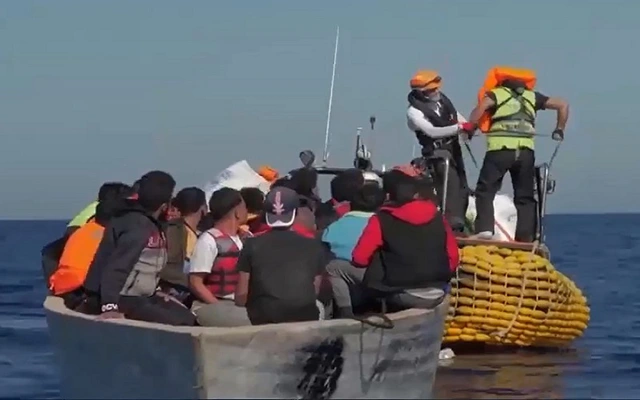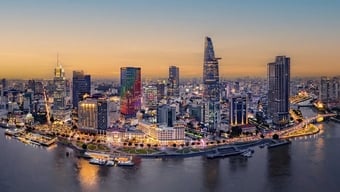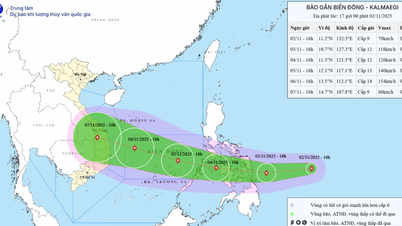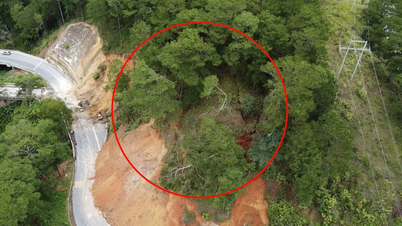The wave of illegal migration has a direct impact on the European economy . The problem of illegal migration has always been an existential challenge for the Old Continent. Member states have responded by building a series of refugee camps and steel fences on the EU's eastern borders. However, although many EU members agree on the need for hard borders, some countries, such as Poland, have opposed fast-track asylum procedures at the border. That means part of the Pact on Migration and Residence, which the European Commission announced in September 2020, cannot be implemented. On August 31, 2021, the EU said the bloc was "determined to act together to prevent a recurrence of the large-scale uncontrolled illegal migration movements of the past".

The number of illegal migrants to Europe is the highest since 2016. Illustration photo, source Internet.
The trans-Mediterranean route from North Africa to Italy remains the busiest illegal migration route in 2023, with more than 152,000 cases reported by the country in the first 11 months of this year, up 61% compared to the same period in 2022 and the highest level since 2016, the European Border Agency (Frontex) said on December 11.
The radial Mediterranean route connects Libya, Tunisia, Guinea and Côte d'Ivoire to Italy. In November, the number of illegal migrants arriving in Italy via the Mediterranean fell by 24% compared to the previous month, to nearly 7,900, in line with the decline on all other illegal migration routes.
In November, the number of illegal migrants arriving in Italy via the Mediterranean fell 24% compared to the previous month, to nearly 7,900, in line with the decline on all other illegal migration routes.
Overall, in the first 11 months of this year, more than 355,000 illegal migrants arrived in the European Union (EU), up 17% compared to the same period in 2022 and the highest number recorded since 2016.
Frontex warns that the figures may be incomplete as they only include migrants processed by the authorities and not those who have entered the EU undetected. The majority of migrants arrive from Syria, Guinea and Afghanistan.
Vu Tung




![[Photo] Lam Dong: Images of damage after a suspected lake burst in Tuy Phong](https://vphoto.vietnam.vn/thumb/1200x675/vietnam/resource/IMAGE/2025/11/02/1762078736805_8e7f5424f473782d2162-5118-jpg.webp)




















![[Photo] Prime Minister Pham Minh Chinh chairs the second meeting of the Steering Committee on private economic development.](https://vphoto.vietnam.vn/thumb/1200x675/vietnam/resource/IMAGE/2025/11/01/1762006716873_dsc-9145-jpg.webp)












































































Comment (0)